Mary Amelia St. Clair, known as May Sinclair, was born in Rock Ferry, Wirral in 1863. Her family lived in a house called Thorncote in the prosperous Rock Park suburb and she spent the first seven years of her life at this address.
May Sinclair was a feminist, a successful author and a key figure in the early modernist movement. There has been something of a resurgence of interest in her work in the last few years but she is perhaps still best known for coining the phrase ‘stream of consciousness writing’ when reviewing the work of her friend, Dorothy Richardson.
The concept that a mind’s ebb and flow of thoughts and feelings could be represented on the page is one of the lasting achievements of modernism. In applying the idea of stream of consciousness to such prose, May Sinclair gave us a compass to help find our way through writing which, at first glance, might appear to be a meaningless jumble of unrelated sentences and phrases. But Sinclair gave us far more than a catchy phrase; her body of work, her novels, poetry and criticism, forms an important strand of British literary modernism. The Life and Death of Harriett Frean is, perhaps, Sinclair’s most accomplished work. Harriett Frean is a modest, obedient woman who does everything that is expected of her throughout her life but, towards the end, realises the futility of a life barely lived.
Other than a passing mention of it as her birthplace, Rock Ferry receives very little attention in any of the biographies of May Sinclair. Yet, it is a fascinating place. I visited Rock Park earlier this year as part of the collaborative project I did with my buddy, Charlie Swain of Travin Record Systems (read about the project here).
Rock Park is a strange area with an odd atmosphere; it is a place of resonance and memory, and a sense that there is far more going on below the surface than is immediately apparent to the eye. Charlie Swain sensed this oddness from 3,000 miles away in Baltimore just from the handful of Rock Park pictures I sent him. The result was his draft of a somewhat sinister, decidedly odd film script. I’d love to see that film produced.
Rock Park is a Victorian development on the banks of the Mersey built between 1837 and 1850. These large, substantial houses were constructed with local sandstone and housed wealthy merchants and brokers who traded across the river in Liverpool. Until 1939 there was a ferry to the city. May Sinclair’s father was the part-owner of a shipping firm and took the ferry to Liverpool each day. The picture below shows the derelict landing stage at Rock Park with the Liverpool skyline across the river.
The Sinclair family lived in a large house with an extensive garden and were attended by a number of servants. Due to a series of unwise investments, May Sinclair’s father lost most of his money and the family were forced to leave Rock Park. May was seven-years old at the time.
We know that the Sinclairs, as respectable, middle-class Victorians, were regular worshippers at their local parish church: St Peter’s, Rock Park. The church and its churchyard are shown below. Indeed, one tangible link between the later writer and her seven-year old self living in Rock Park seems to be in the name she gives to her protagonist in The Romantic. Charlotte Redhead seems to echo the name of the curate at St. Peter’s during that time, the Reverand Thomas Fisher Redhead
Thorncote – I had the name of the Sinclair house from Suzanne Raitt’s book, but I could find very little else about May Sinclair’s time in Rock Park. The house wasn’t marked on a 1945 map I studied and the local library couldn’t help either. There was nothing for it but to walk the streets, which is what I had wanted to do all along.
The Church of St Peter is near to the centre of Rock Ferry, on the other side of the by-pass from Rock Park. It is still a working church, though it was closed on the day I visited. To get to Rock Park I took a footpath which passed under the by-pass and downhill through a council estate. At the bottom of the hill the road opened out onto a wide embankment and, below that, was the River Mersey. Mudflats stretched out to the north and south and, to the east, across the silver thread of the river, was the grey, familiar skyline of Liverpool: the Three Graces and two cathedrals.
To my left, across a scrubby green, I noticed a road-sign: Rock Park Road. I had arrived. Rock Park seemed to be one long, curving road. The houses backed onto trees and, beyond these, the by-pass on one side while, on the other, the dwellings overlooked the river. Tantalising glimpses of the Mersey were visible between these houses.
One or two of the houses were still quite grand, but most were a little care-worn. Many had been divided into flats, as indicated by the tell-tale switchboard of bells at the front door. A very friendly man walking his dog told me more about the neighbourhood and how it had ‘gone downhill’ since the by-pass slashed through the area. At the far end of Rock Park Road was a pub, The Refreshment Rooms and, across the road, the stump of the old ferry pier, all but smothered by the expansion of Tranmere oil terminal.
I turned left and found a path through the trees and saw before me the reason for the blight of Rock Park: the A41 New Ferry by-pass. Four lanes of 1960s concrete rolled-out through some of Wirral’s finest Victorian architecture; homes and gardens all swept away. What I hadn’t realised until I crossed the A41, a little further north than my starting point, was that there was a small, residual corner of Rock Park marooned on this far side of the by-pass.
True, many of the houses had lost their gardens, and other houses were reduced to nothing more than the stumps of gate-posts, like so many rotten teeth. But this shadow of a street was still clinging-on as an outpost of Rock Park. One of the stumps I found was Hawthorne House, once the residence of the writer, Nathaniel Hawthorne. He was US Consul in Liverpool for a time and lived at Hawthorne House, 26 Rock Park. No plaque or memorial for the writer of The Scarlet Letter, just a grass verge and a weathered gate-post. Of May Sinclair’s house there was no sign at all.
Following William Sinclair’s bankruptcy, the family led a nomadic existence, moving from one part of the country to another. He struggled with money worries and alcoholism and the family were constantly on the brink of ruin. May spent a year at Cheltenham Ladies’ College and then returned home to care for her ailing brother. Tragedy seemed to haunt the family and two of May’s brothers died young within three years of each other due to congenital mitral valve failure.
May Sinclair worked as a jobbing writer and was active in the women’s suffrage movement. Gradually, her work found acceptance and she enjoyed a sustained period of success and productivity in the early years of the twentieth-century. With the onset of Parkinson’s disease, Sinclair wrote very little in her final decades. She died in 1946.
Sinclair was always very reluctant to give biographers any details about her early life, particularly her Rock Park years and her father’s bankruptcy and alcohol abuse. But May’s early life story slips out, piecemeal, in a number of her novels. In The Life and Death of Harriett Frean, Harriett’s father, echoing the experience of May Sinclair’s family, loses all of his money in a speculative investment:
Eighteen seventy-nine: it was the year her father lost his money. Harriett was nearly thirty-five. She remembered the day, late in November, when they heard him coming home from the office early. Her mother raised her head and said, ‘That’s your father, Harriett. He must be ill.’ She always thought of seventy-nine as one continuous November.
Clearly, May was marked by this history. But unlike her hapless protagonist, Harriett Frean, who slips into genteel penury and loneliness following her father’s ruin, May Sinclair chose to challenge the paternalistic norm and use her talents to make a living from writing and to go on to play a significant role in one of the twentieth-century’s key literary movements.
Illustrations
May Sinclair picture accessed through Creative Commons. All other images by the author
Reference Works
Suzanne Raitt, May Sinclair: A Modern Victorian (Oxford, Clarendon Press, 2000)


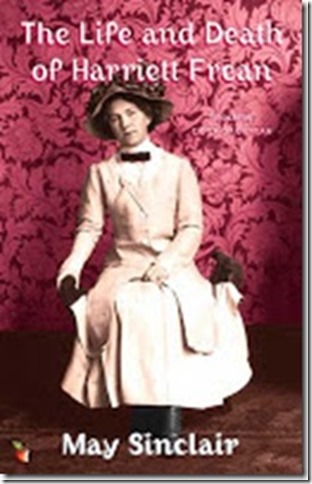
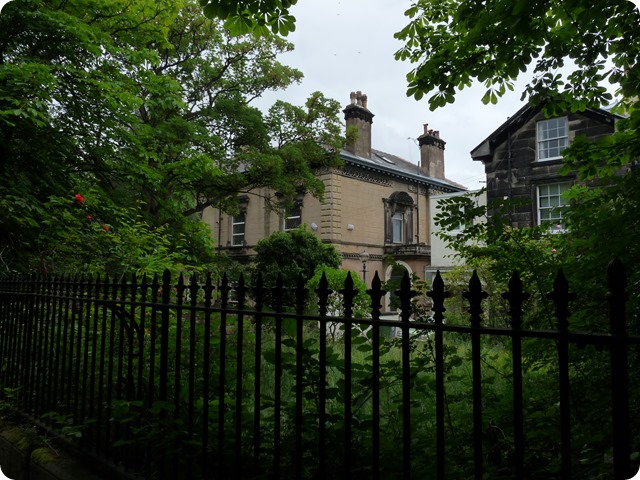
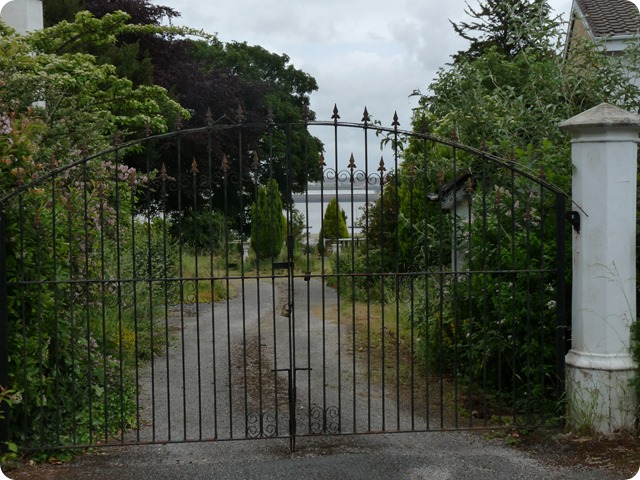
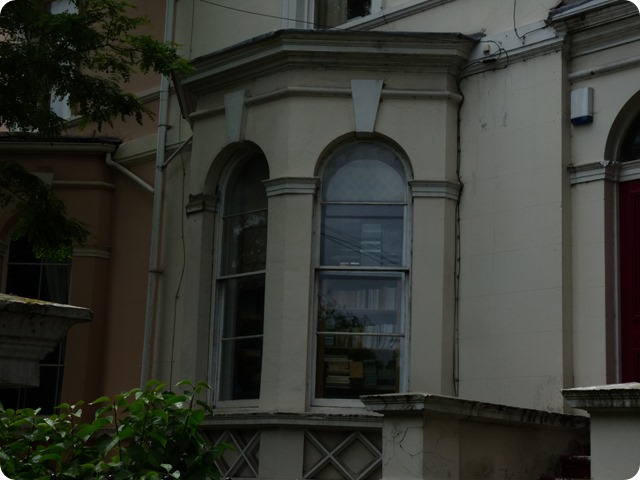
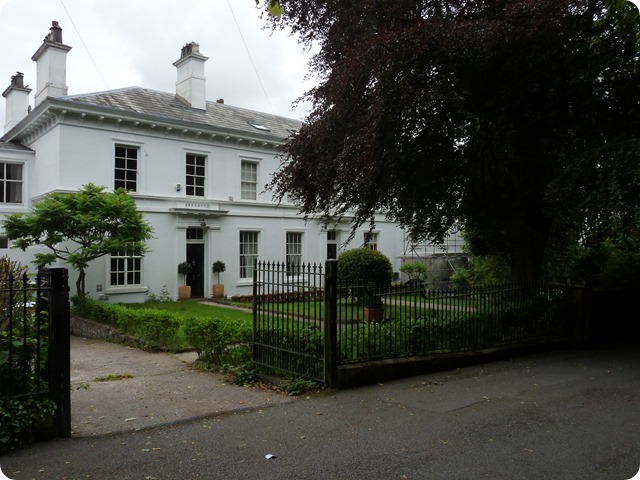

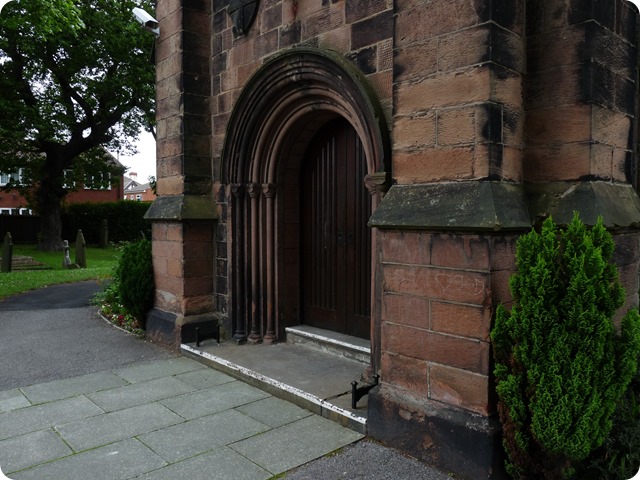
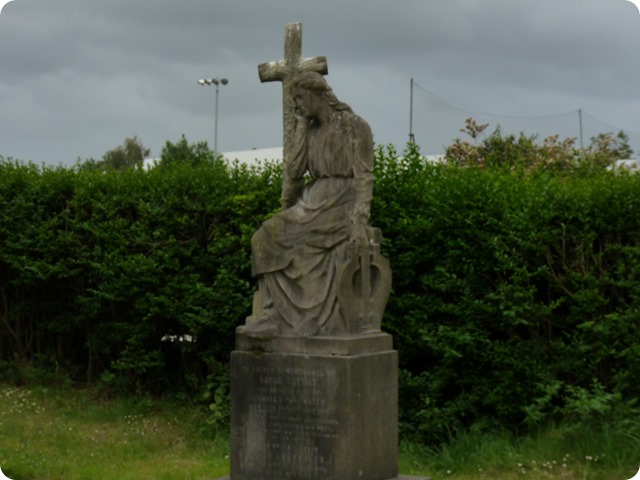
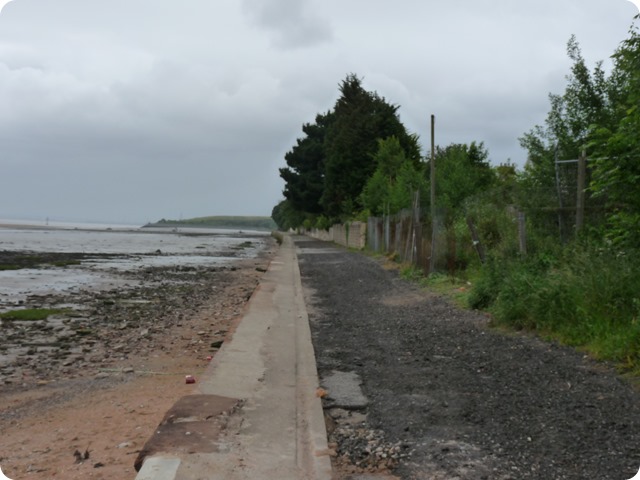
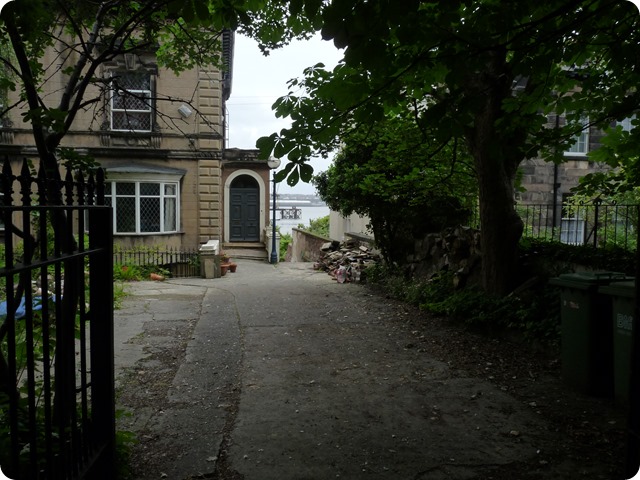
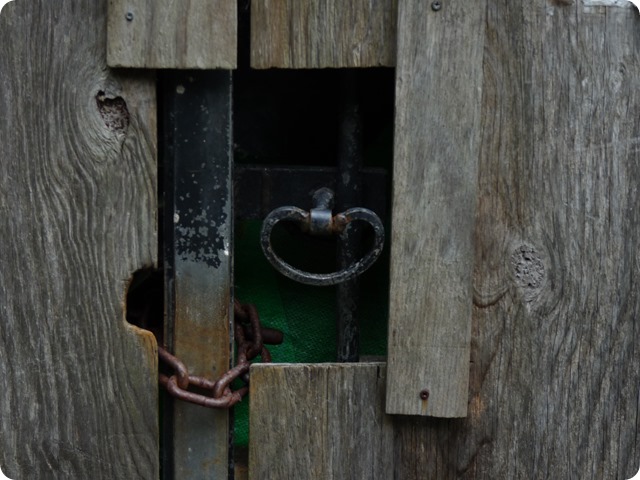
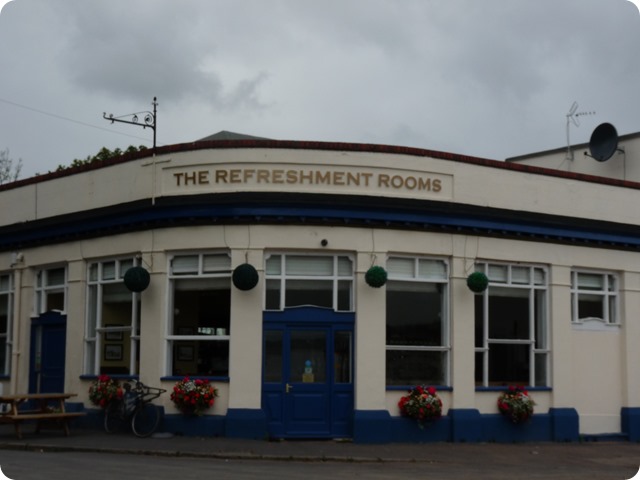
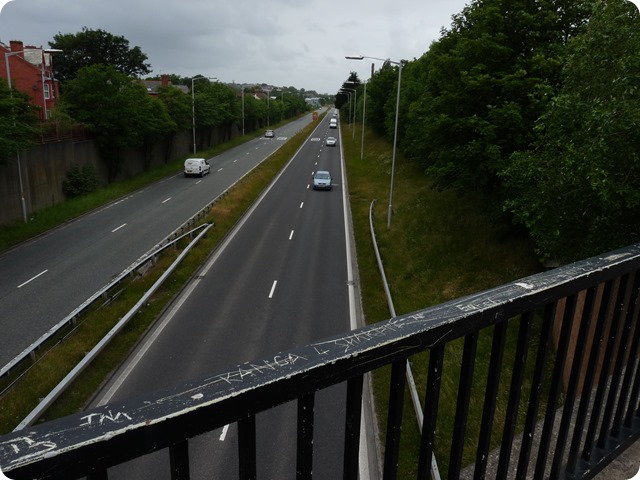

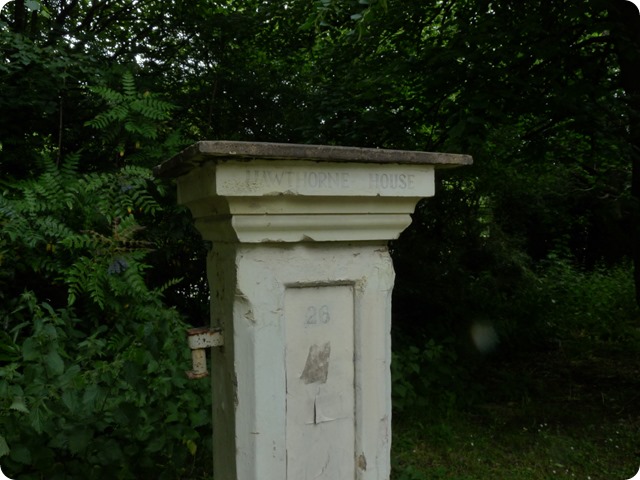
I was born and spent my childhood in Merseyside and I hadn’t heard of Rock Park. Did you manage to visit New Brighton or Port Sunlight when you were there. Very interesting places.
That’s interesting, Christine. I passed through Rock Ferry regularly as a child to visit family in Liverpool, but we never stopped off and I had no awareness of Rock Park until I started reading May Sinclair’s work in the last few years. Actually, I always thought Rock Ferry looked like a dump from the bus; which just goes to show one needs to stop, walk and look in order to appreciate all these neglected, liminal places.
I haven’t been to New Brighton since I was a child, so I think a visit is long overdue. I’ve been to Port Sunlight a couple of times this year; it’s a fascinating place.
I look forward to your post on New Brighton. I haven’t been since I was a child. I bet it’s one of those really interesting but overlooked places now.
Interesting post Bobby and a name/body of work that I had not been aware of. Thanks.
Thanks – worth having a look at her work if you get the chance.
I had an uncanny sense of something akin to déjà vu when I read this; perhaps because of my own odd visit to New Brighton a month ago for the first time in years (and reported on my own blog). The name of the place is so evocative; it stirs memories though I can’t remember going there. I think another visit over there beckons.
Prompted by the visit you reported on your blog, and a comment elsewhere here by Christine, an exile, I think a visit to New Brighton beckons for me now! If you make it to Rock Park, try to take in Port Sunlight too, it’s just down the road and worth a visit.
Actually Port Sunlight is effectively in the diary for next year! As we were driving back from the New Brighton trip we saw the signs and were reminiscing on the old G&S productions they used to do every year and so my mother is enthusiastic about another Wirral venture. Also, I was too young to appreciate the art gallery but that’s another good reason too…
I’ll look forward to reading about the Port Sunlight trip on your blog.
Much enjoyed this post. I knew nothing about May Sinclair and I feel I should since she clearly has an important place in English writing. The atmosphere of Rock Park sounds intriguing as well.
Thanks Alex. Glad you liked it. The May Sinclair Society website is worth a look too: http://maysinclairsociety.com/
Hi Bobby, I am a long term resident of Rock Ferry, and have located Thorncote, sadly it no longer stands and the site is currently under the Rock Ferry Bypass. I have some images of maps if you would be interested in seeing them drop me an email.